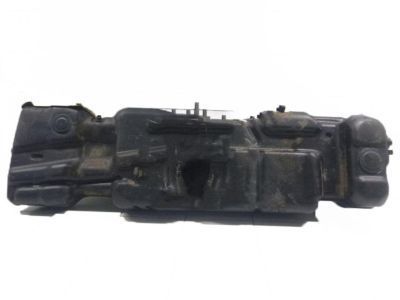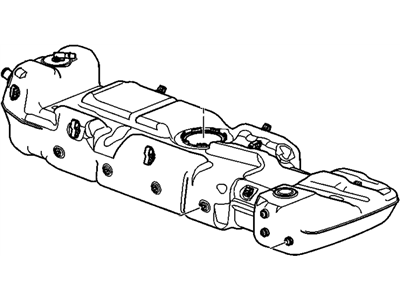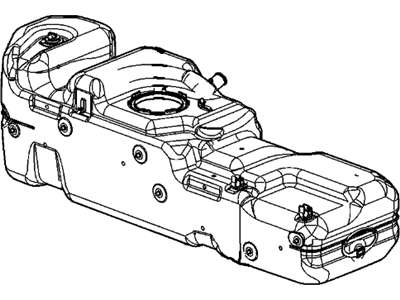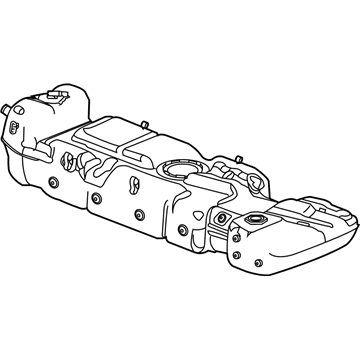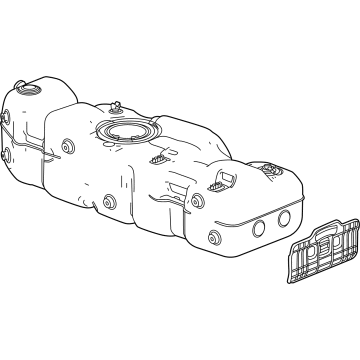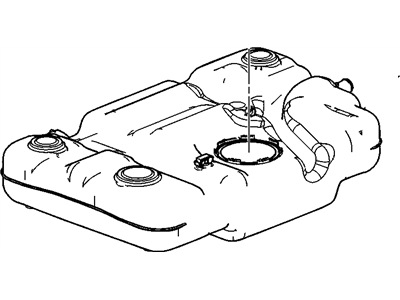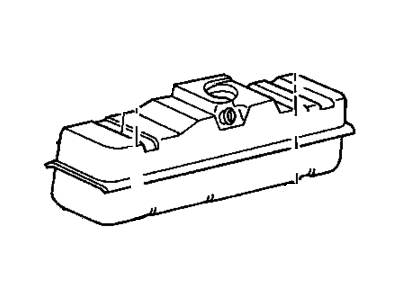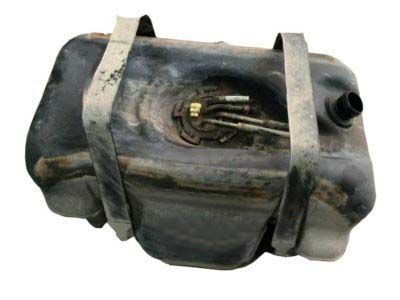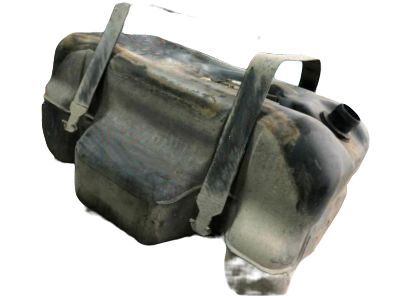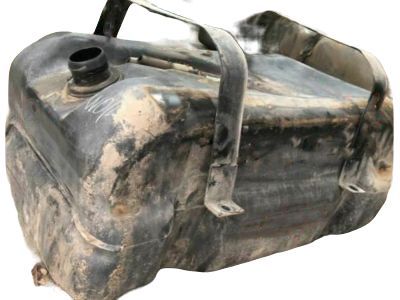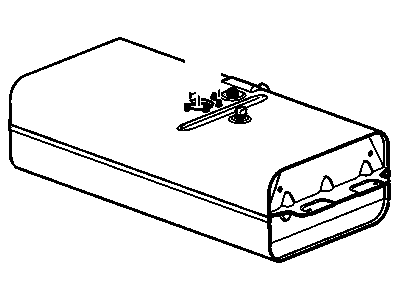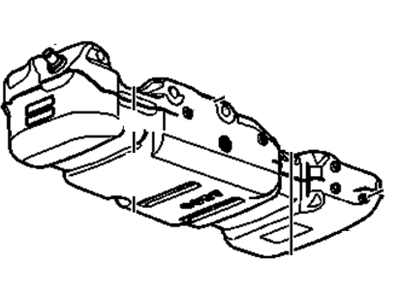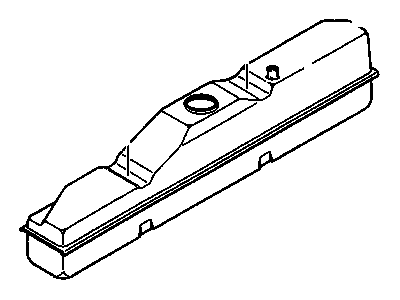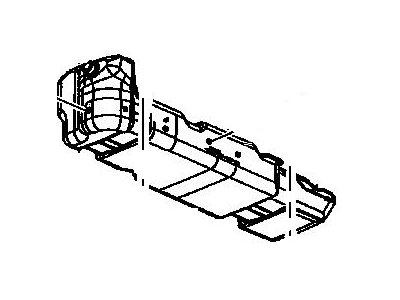
My Garage
My Account
Cart
Genuine Cadillac Escalade Fuel Tank
Gas Tank- Select Vehicle by Model
- Select Vehicle by VIN
Select Vehicle by Model
orMake
Model
Year
Select Vehicle by VIN
For the most accurate results, select vehicle by your VIN (Vehicle Identification Number).
28 Fuel Tanks found
Cadillac Escalade Tank Assembly, Fuel
Part Number: 20757345$724.70 MSRP: $1093.08You Save: $368.38 (34%)Cadillac Escalade Tank Assembly, Fuel
Part Number: 23138361$845.02 MSRP: $1274.53You Save: $429.51 (34%)Ships in 1-3 Business DaysCadillac Escalade Tank Assembly, Fuel
Part Number: 84756738$691.08 MSRP: $1042.37You Save: $351.29 (34%)Ships in 1-3 Business DaysCadillac Escalade Tank Assembly, Fuel
Part Number: 23306963$827.58 MSRP: $1248.23You Save: $420.65 (34%)Cadillac Escalade Tank Assembly, Fuel *Marked Print
Part Number: 15017939$452.34 MSRP: $682.25You Save: $229.91 (34%)Ships in 1-3 Business DaysCadillac Escalade TANK ASM-FUEL
Part Number: 85563732$761.57 MSRP: $1148.69You Save: $387.12 (34%)Ships in 1-2 Business DaysCadillac Escalade Tank Assembly, Fuel
Part Number: 84703881$623.05 MSRP: $939.75You Save: $316.70 (34%)Ships in 1-3 Business Days
| Page 1 of 2 |Next >
1-20 of 28 Results
Cadillac Escalade Fuel Tank
The Cadillac Escalade Fuel Tank is known as one of the Cadillac Escalade auto part which is as a storage of liquid fuel and ensure that gasoline vapors do not evaporate. Sited at the rear part of a car, the fuel tank has an airtight opening provided with a cap for filling up. It then has a fuel filler pipe as well as a vent and fuel outline to help feed the engine with the fuel. The tank is well sealed and is affiliated to the vehicle's emission control system; it consists of a charcoal canister, vent valve and purge valve for the management of gasoline vapors. Types of metal and plastic fuel tanks are available, which would be quite suitable to replace because they are originals and of good quality to perform efficiently.
Each OEM Cadillac Escalade Fuel Tank we offer is competitively priced and comes with the assurance of the manufacturer's warranty for the part. Furthermore, we guarantee the speedy delivery of your orders right to your doorstep. Our hassle-free return policy is also in place for your peace of mind.
Cadillac Escalade Fuel Tank Parts Questions & Experts Answers
- Q: How to remove and install a fuel tank on Cadillac Escalade?A:Relieve the fuel system pressure. Disconnect the cable from the negative battery terminal. Raise the vehicle and securely support it on jackstands. Remove the fuel tank rock guard, if equipped. Locate the fuel tank filler neck hose, loosen the hose clamp on the fuel tank filler neck hose at the tank, then work the hose off the pipe and disconnect the filler neck hose from the tank pipe. Locate the EVAP line that goes from the tank to the EVAP canister and disconnect it from the EVAP canister. Disconnect the EVAP vent line from the EVAP canister. Disconnect any EVAP line clips attaching the line to the chassis. Locate the fuel line quick-connect fittings and disconnect them from the chassis lines. Disconnect the fuel and EVAP line quick-connect fittings. It's easier to remove the fuel tank when it's nearly empty. However, there is no fuel tank drain plug, so if there's still a lot of fuel in the tank, siphon or hand-pump the remaining fuel from the tank through the tank filler neck pipe into an approved gasoline container. Detach any clips that secure the Fuel Pump/fuel level sending unit harness to the crossmember or frame rail and detach them. Support the fuel tank. The fuel tank is retained by two transverse straps. The outer end of each fuel tank strap is secured to the vehicle by a bolt. The inner end of each strap is secured to a mounting bracket by a hinge. Remove the two fuel tank strap bolts, then disengage each strap hinge from its mounting bracket and remove the straps. Carefully lower the tank just far enough to access the fuel pump/fuel level sensor module, then disconnect the electrical connectors from the pump module and from the fuel tank Fuel Pressure Sensor. Lower the tank the rest of the way. Installation is the reverse of removal.
Related Cadillac Escalade Parts
Browse by Year
2024 Fuel Tank 2023 Fuel Tank 2022 Fuel Tank 2021 Fuel Tank 2020 Fuel Tank 2019 Fuel Tank 2018 Fuel Tank 2017 Fuel Tank 2016 Fuel Tank 2015 Fuel Tank 2014 Fuel Tank 2013 Fuel Tank 2012 Fuel Tank 2011 Fuel Tank 2010 Fuel Tank 2009 Fuel Tank 2008 Fuel Tank 2007 Fuel Tank 2006 Fuel Tank 2005 Fuel Tank 2004 Fuel Tank 2003 Fuel Tank 2002 Fuel Tank 2000 Fuel Tank 1999 Fuel Tank
